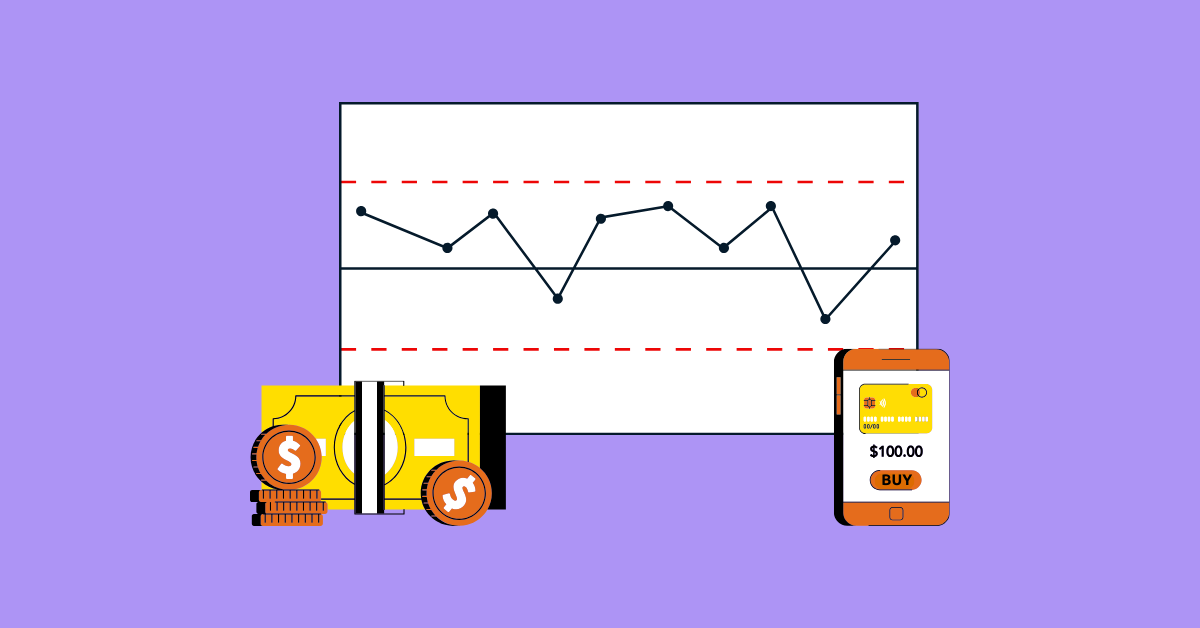
If you’ve ever looked at a trading chart and felt overwhelmed by all the red and green bars, don’t worry—you’re not alone. But those bars, called candlesticks, hold a wealth of information. They tell a story about the market. Understanding them can give you a serious edge in trading.
Candlestick patterns have been used for centuries. Japanese rice traders developed them in the 1700s to track price movements. Today, they are a must-know tool for traders in stocks, forex, and crypto.
By the end of this guide, you’ll be able to read candlestick patterns, spot trends, and use them to make smarter trading decisions. Let’s dive in!
Not all candlestick patterns are created equal. Some signal a potential reversal, while others indicate a trend continuation. Here are some key ones you should know:
A Doji forms when the opening and closing prices are nearly the same. It looks like a small cross and represents indecision in the market. If you see a Doji after a strong trend, it could signal a reversal.
Example: Imagine Bitcoin is in a strong uptrend. Suddenly, a Doji appears. This could mean that buyers are losing momentum and a price drop might be coming.
A Hammer has a small body and a long lower wick. It forms at the bottom of a downtrend and signals that buyers are stepping in.
Example: Ethereum drops for five days straight. On the sixth day, you see a Hammer. This suggests the selling pressure is weakening, and the price may reverse upward.
A Shooting Star is the opposite of a Hammer. It has a small body with a long upper wick and appears at the top of an uptrend. It signals that buyers tried to push the price higher but failed.
Example: You see a Shooting Star after a strong rally in Tesla stock. This could mean that sellers are stepping in and a price drop is likely.
There are two types: bullish and bearish. A bullish engulfing pattern forms when a large green candle completely engulfs the previous red candle. This signals a strong upward move. A bearish engulfing pattern is the opposite and signals a potential drop.
Example: The S&P 500 is falling, but then a large green candle engulfs the previous red one. This suggests buyers are taking control and the trend might reverse.
Three Black Crows: Three consecutive red candles, showing strong selling pressure.
Knowing the patterns is one thing. Using them in real trading is another. Here’s a simple process:
Before acting on a candlestick pattern, check the overall trend. Is the market in an uptrend, downtrend, or ranging? Trading against the trend is risky.
A single candlestick is not enough. Wait for confirmation from the next few candles or use indicators like RSI or moving averages.
Example: You see a Hammer. Instead of jumping in, you wait for the next candle to confirm a bullish move.
Decide where you’ll enter the trade. Set a stop-loss to manage risk and a take-profit target to lock in gains.
Example: If you buy after a bullish engulfing pattern, you can place a stop-loss below the previous candle’s low.
Never risk too much on a single trade. Use proper position sizing and risk management techniques.
Keep Learning Markets evolve, and so should your trading skills. Continuously learn and adapt to new strategies.
Candlestick patterns are a powerful tool, but they’re not magic. They help you read market sentiment, but you should always use them alongside other strategies. With practice and patience, you can use them to improve your trading skills and make more informed decisions.
Now that you know the key candlestick patterns, go ahead and apply them to your charts.
A candlestick pattern is a visual representation of price movements in a specific time period. It consists of an open, high, low, and close price, helping traders understand market sentiment and potential price direction.
Candlestick patterns can be useful indicators, but they are not 100% reliable on their own. Traders should use them in combination with other technical indicators and market analysis for better accuracy.
Beginners should start with simple patterns like the Doji, Hammer, and Engulfing patterns. These are easy to spot and provide strong signals about market reversals.
Yes, candlestick patterns are applicable in all financial markets, including stocks, forex, and cryptocurrencies. However, their effectiveness may vary based on market conditions and volatility.
Practice is key! Use demo trading accounts, backtest historical charts, and combine candlestick analysis with other technical tools like moving averages and RSI to refine your skills.
CoinPedia has been delivering accurate and timely cryptocurrency and blockchain updates since 2017. All content is created by our expert panel of analysts and journalists, following strict Editorial Guidelines based on E-E-A-T (Experience, Expertise, Authoritativeness, Trustworthiness). Every article is fact-checked against reputable sources to ensure accuracy, transparency, and reliability. Our review policy guarantees unbiased evaluations when recommending exchanges, platforms, or tools. We strive to provide timely updates about everything crypto & blockchain, right from startups to industry majors.
All opinions and insights shared represent the author's own views on current market conditions. Please do your own research before making investment decisions. Neither the writer nor the publication assumes responsibility for your financial choices.
Sponsored content and affiliate links may appear on our site. Advertisements are marked clearly, and our editorial content remains entirely independent from our ad partners.
A new report from The New York Times has stirred controversy by claiming that President…
“As wXRP expands across Solana and Ethereum, some investors are exploring platforms such as SolStaking…
The US Securities and Exchange Commission is seeking public Feedback to decide whether Nasdaq can…
Ethereum co-founder Vitalik Buterin has called for major social media platforms to be more transparent…
South Korea’s largest crypto exchange, Upbit, is listing HumidiFi’s WET token today, December 15, with…
Talk of quantum computers destroying Bitcoin is making the rounds again, but leading voices in…